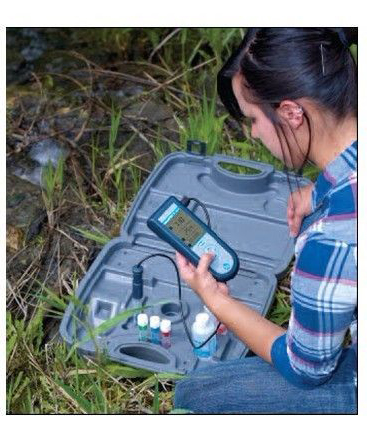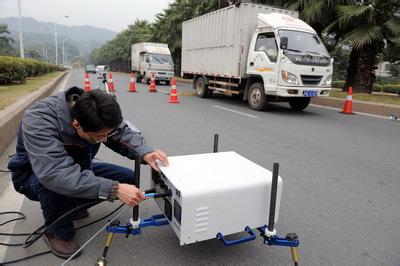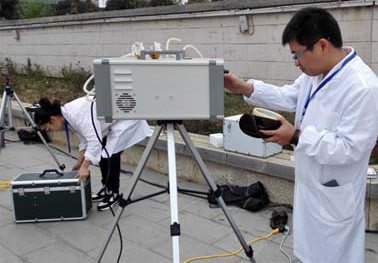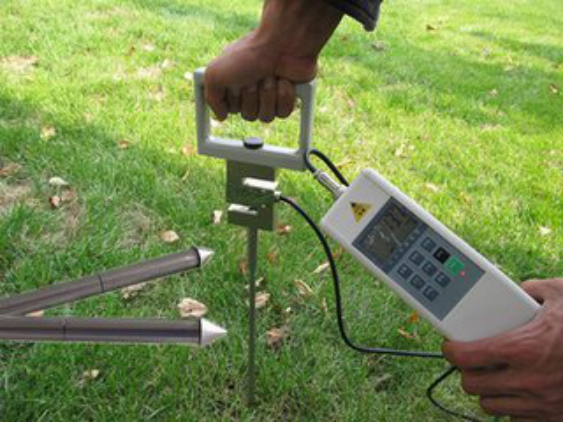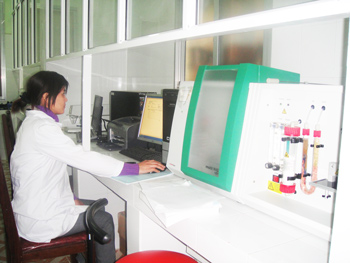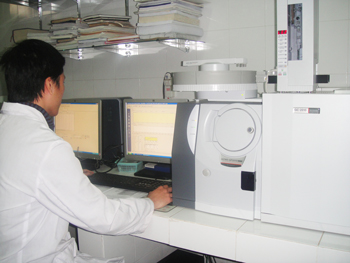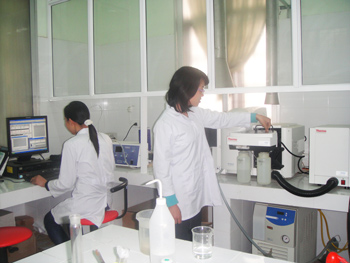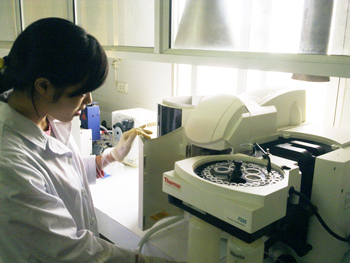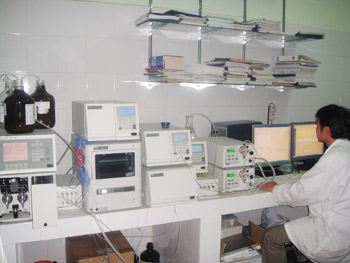TRA VINH — Despite earning more than US$85,000 a year from farming tra fish using traditional methods, Le Hong Duc of Dong Thap Province in the Mekong Delta has decided to adopt a new method based on VietGap standards, hoping to improve profits and environmental protection.
Duc and his family raise tra fish in a 5,000 square meter pond in Chau Thanh District.
He said: "Like many others farmers in An Nhon Commune, we enjoy favourable natural conditions here, but we sometimes get better results than others thanks to the active use of scientific methods.
"Now we harvest 1,200 tonnes of tra and earn around VND1.8 billion (US$86,455) a year on average."
He heard recently that raising tra to VietGap standards would not only help farmers achieve stability in production and high quality but also sell their fish easily, especially to overseas buyers.
More importantly, farmers would be able to significantly cut costs because the environment is protected and fish contract fewer diseases.
Realising the benefits of VietGap standards, he decided to adopt it early this year.
He was required to have clear boundaries for his pond and sterilise the water with powdered lime before stocking fish.
Inflows had to be separated from outflows; the tra feed had to be kept in dry condition; and the recommended feeding rate had to be applied.
"To follow all VietGap standards is not very difficult but its benefits are so many. So I decided to adopt them."
Duc is among thousands of tra fish farmers in the Cuu Long (Mekong) Delta to have embraced the Vietnamese Good Agriculture Practices (GAP) standards following the Ministry of Agriculture and Rural Development's exhortation to farmers.
According to a report released in May by the Viet Nam Association of Seafood Exporters and Processors (VASEP), the last 12 years since 2000 have seen the tra fish farming sector achieve high growth in all aspects: area increased by five times to 6,000 ha; output by 36 times to 1.35 million tonnes; exports of finished products by nearly 40 times to 660,000 tonnes; and export turnover by more than 45 times to $1.86 billion.
The number of markets importing Vietnamese tra also increased sharply. Initially only a few countries in Asia imported it, but now the fish is shipped to 130 countries and territories worldwide.
Another impressive achievement is the increase in productivity, the report said: in some places, it has reached 500 tonnes per ha compared with an average rate of 316 tonnes.
Vietnamese businesses make a bewildering variety of products from the fish, running into hundreds of kinds – from frozen products to fast-food snacks – at the last count.
Experts told a meeting held late last month in the southern province of Tra Vinh that farmers in the delta should focus on raising tra to VIETGAP standards to ensure sustainable development for themselves and the entire industry.
Speaking about the importance of adopting VietGap, Pham Anh Tuan, deputy director of the Department of Fisheries, said consumers in many markets attached importance to certification such as GlobalGAP in Western Europe and the US and ASC in Northern Europe.
The certificates encompass the issues of environmental protection, food hygiene and safety, social responsibility, and product origin.
"VietGAP certificate includes all of these, and will help exporters upgrade to other certificates easily," Tuan said.
Nguyen Thi Minh Ly, deputy director of the Viet Nam Certification Centre, said: "Viet Nam now ranks fourth in the world in aquaculture and the sector has made great contributions to the country's exports.
"But, its quick growth and great economic benefits apart, the industry is facing several dangers such as low food safety, environmental pollution, and epidemics."
Meanwhile, there was a growing global emphasis on food safety and origin of products, so fisheries products that meet these requirements would find easy acceptance in international markets, including in demanding ones such as the EU and US, she said.
"VietGap standards are based on four main criteria: disease control, environmental protection, social welfare, and traceability.
"The application of VietGap standards will be essential for the aquaculture industry to make products that meet the world market's requirements.
"But it is true that many agricultural producers including tra farmers are reluctant to adopt safe production methods including VietGap because they think it is expensive and make them uncompetitive," she admitted.
In the global market, Vietnamese agricultural products often fetch lower prices than are paid for similar products from elsewhere because of lower quality and difficulty in tracing their origins.
To address the situation, the prime minister signed a decision earlier this year offering incentives to farmers and businesses for adopting safe production processes and making high-quality products.
The incentives include full funding for baseline surveys, topographical surveys, and analyses of soil, water, and air samples to identify areas for concentrated production. Training and financial support will be provided for farmers to adopt VietGap standards.
The Ministry of Agriculture and Rural Development has also set progressive targets for achieving VietGap certification, with 30 per cent of all aquaculture establishments to get it by 2015 and 80 per cent by 2020.
"Many tra farms in the Cuu Long (Mekong) Delta have adopted VietGap standards," Ly said.
Dong Thap Province leads not only the delta region but also the country in the production of tra fish.
In 2011 it established three tra fish breeding models based on VietGap standards, Ngo Xuan Huong, head of the Dong Thap Agriculture Extension Centre, said.
"Dong Thap also established a club for farmers involved in raising tra to VietGap standards.
"The club assists [them] in adopting the sustainable breeding model."
Dong Van Lam, vice president of the Tra Vinh Province People's Committee, said two major tra fish farms have achieved VietGap standards, and expected more farms and even farming households to do so in future.
Nguyen Van Tam of the Tra Vinh Agriculture Extension Centre "The cost of raising tra to VietGap standards is 20-25 per cent more when compared with traditional methods, but the benefits this safe production method can bring are much more, so many local farmers decide to adopt it." — VNS


 English
English Vietnamese
Vietnamese